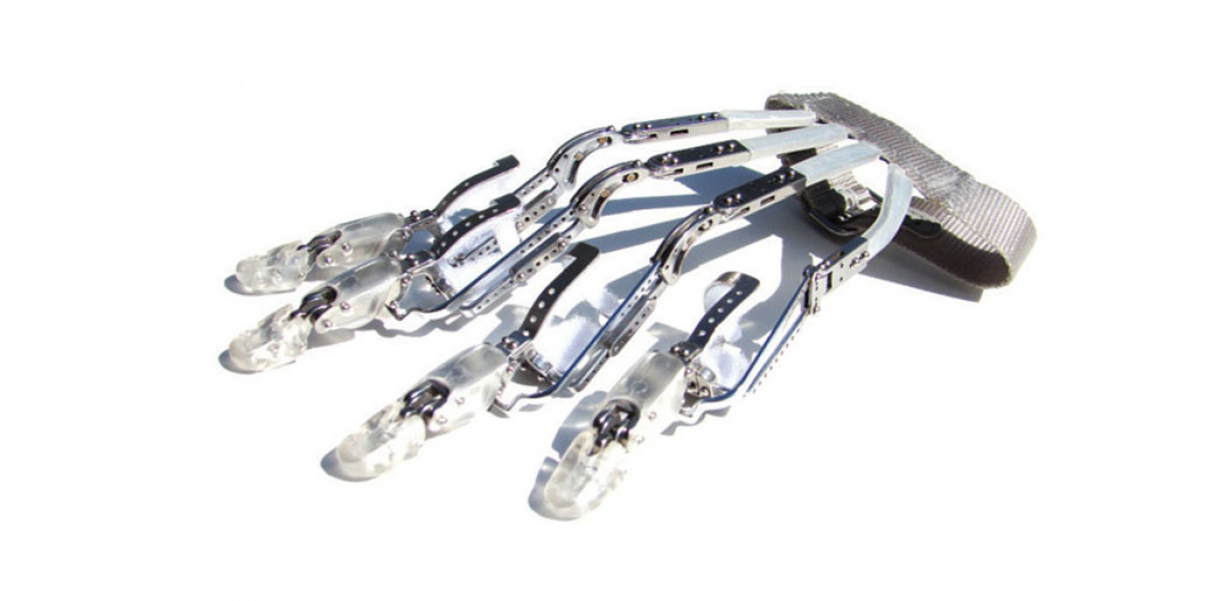When Dan Didrick of Didrick Medical Inc. created the X-System, there were no functional replacements for lost fingers. “The only option available was cosmetic, silicone, non-bending fingers,” he explained. “Although these devices could mask the condition from others, they offered no functional benefit.”
In other words, those with missing digits had little hope of ever having working artificial replacements.
The X-System allows people to regain the flexion and extension (bend and stretch) movements of each replaced finger. Provided they have small portions of the original finger remaining, they can regain independent function.
“The device is a leverage-controlled assembly,” Didrick said. “Because of the all the proper locations of the pivot points, it forces the artificial finger to bend in a natural manner, as a finger. So when you stabilize the device to a users hand, and then they move the residual finger around, it will essentially bring that device to life.”
In the past, efforts to create working prosthetic fingers were dependent on attempts to connect them to muscles behind the locations of the lost fingers, say in the forearm. In this context, the X-Sytem offers a huge leap forward.
As the device works on the movement when you flex your residual finger, it doesn’t require concentration to pick up that cup, says Didrick. So there’s no learning curve.
“Take someone who has lost four fingers, give them this device, toss them a tennis ball just out of view in their peripheral vision – they’ll simply look at the ball and catch it in mid-air, as if they had their natural fingers again. So what we’ve ended up with is a mechanism that’s quite easy to use.”
The X-System is registered with the US Food and Drug Administration (FDA), with the EU’s medical directive for a CE Mark for legal distribution in Europe.
“Our first customer is the Department of Defense of the United States, and we recently were contacted by someone with the British military, as well.”
Designed by
Dan Didrick - United States
Website
www.didrickmedical.com




